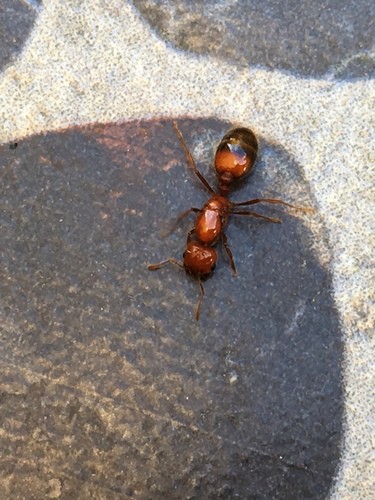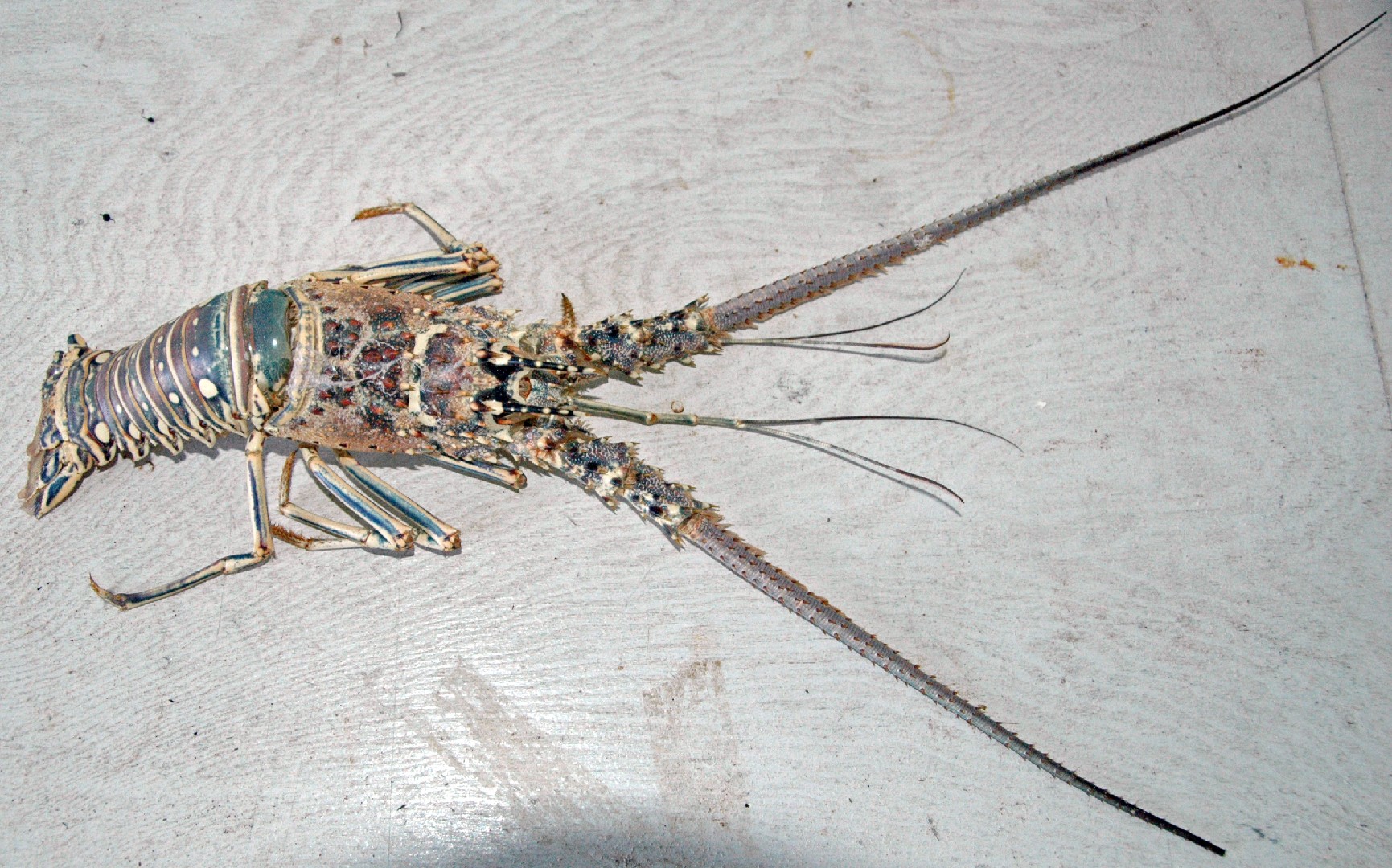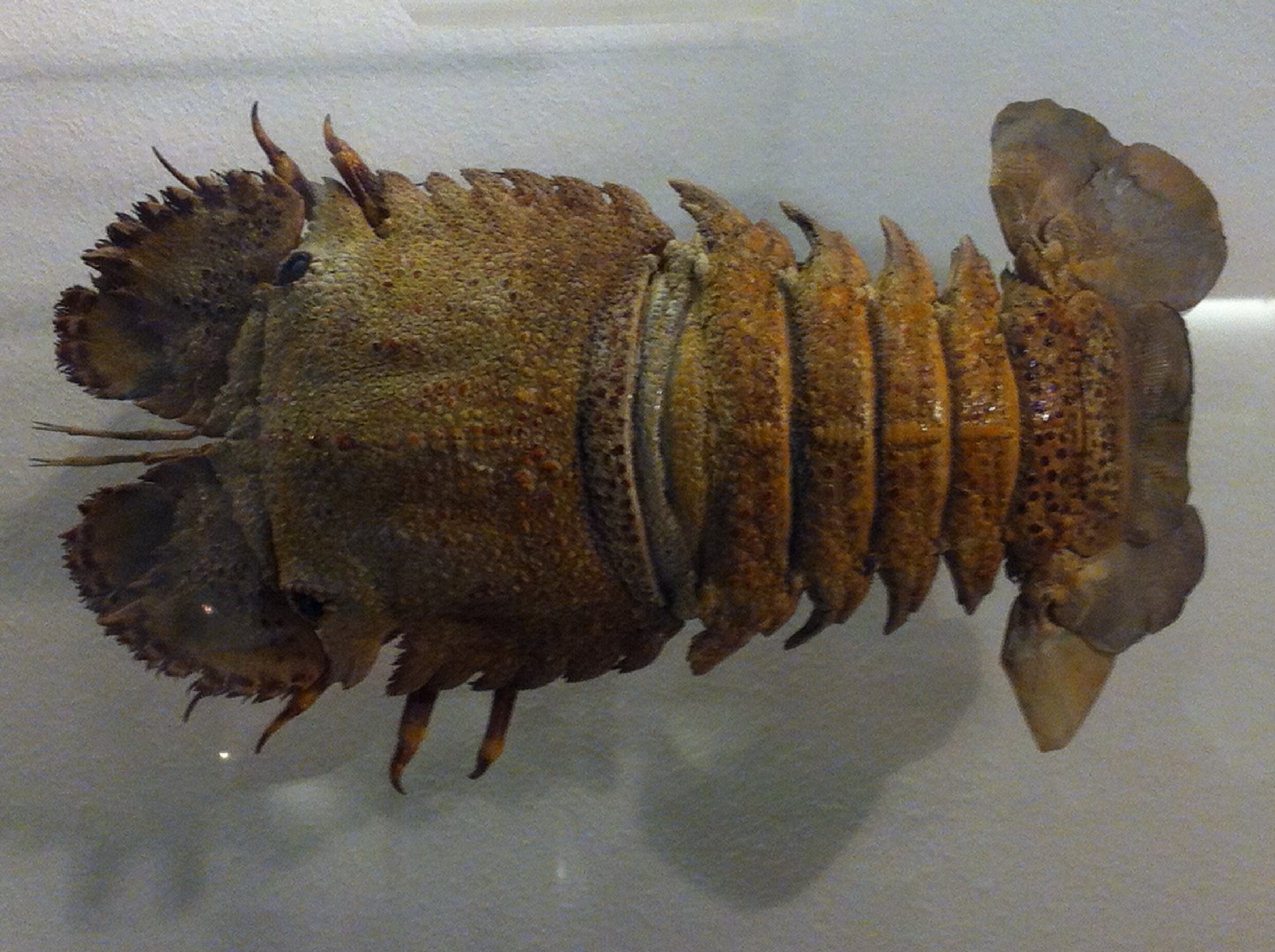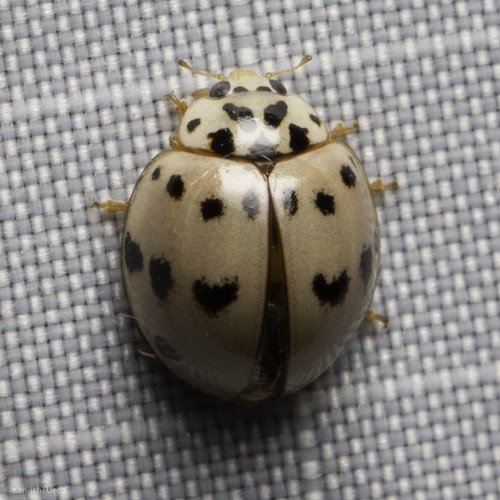Top 14 Most Common Insects in French Polynesia
Welcome to an enlightening journey in the world of insects. With morphological variations attributed to metamorphosis and diverse habitats, their ubiquity is fairly represented even in the small islands of French Polynesia. However, due to the unique geography and varied climate, each area in French Polynesia tends to have distinctive common insects. In this 'Top 14 most common insects in French Polynesia' list, we'll explore how human activities, ecosystem, and climate shape insect populations, noting the importance of both beneficial insects and those considered pests.
Most Common Insects
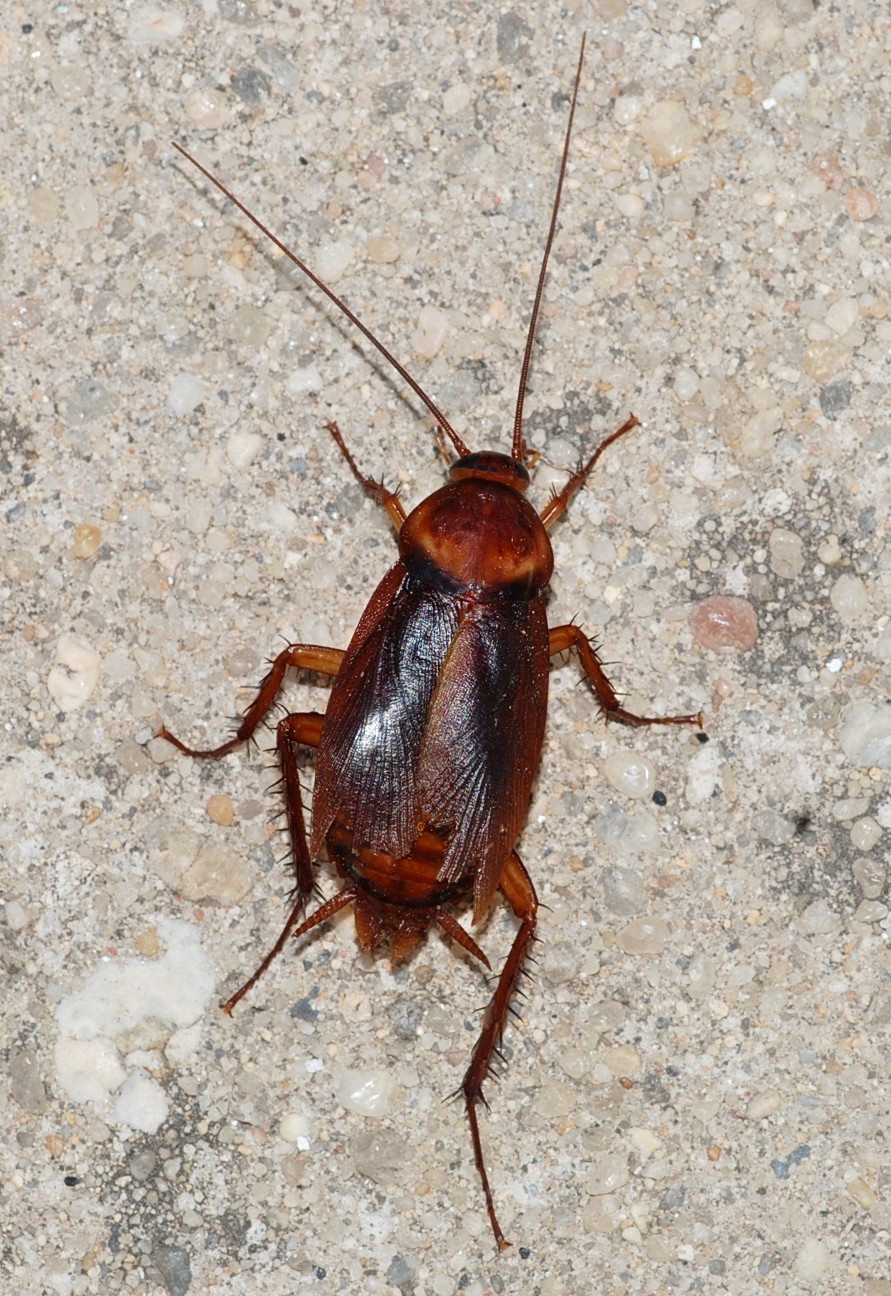
1. American cockroach
Despite its name, american cockroach (Periplaneta americana) is not native to the Americas but rather to Africa and the Middle East, from which it arrived as a result of human commercial patterns. Notably quick and rather resilient, this species is capable of limb regeneration. It requires a certain level of moisture to thrive, and it will avoid drier areas unless it has access to the required level of water.
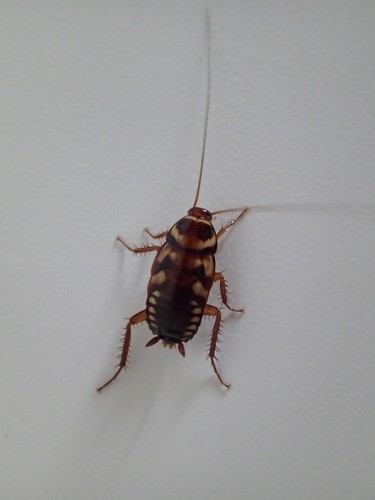
2. Australian cockroach
The australian cockroach is a tropical species of cockroach that is not cold-tolerant. Like most cockroaches, it feeds on decomposing organic matter. However, it also feeds on plant matter more than most cockroaches. It tends to get accidentally transported around the world through commerce and shipping.

3. Banded coral shrimp
Banded coral shrimp (Stenopus hispidus) is a crustacean that occupies tropical waters in the Atlantic Ocean, the Gulf of Mexico, and reefs surrounding Australia and New Zealand. It acts as a cleaner fish, and removing parasites and fungi from other passing fish. This species is monogamous and mates for life.
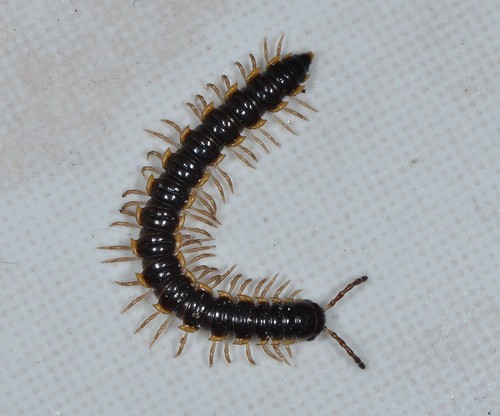
4. Greenhouse Millipede
The greenhouse Millipede (Oxidus gracilis) has that name due to being a common pest for greenhouses. These polypods are not pests until they become too numerous. Small groups of them limit their diet to rotting leaves of wood, larger groups of them can destroy seedlings and strawberries.
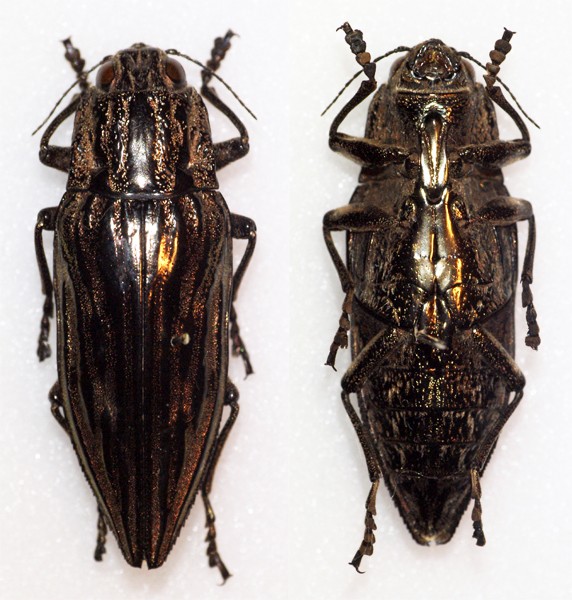
5. Ubatamamushi
Chalcophora japonica, or ubatamamushi in Japanese (Japanese kanji: 姥玉虫, katakana: ウバタマムシ; lit. 'nanny jewel bug'), also known as the flat-headed wood-borer, is a metallic, bullet-shaped, woodboring beetle of the Buprestidae family. It is endemic to Japan. 
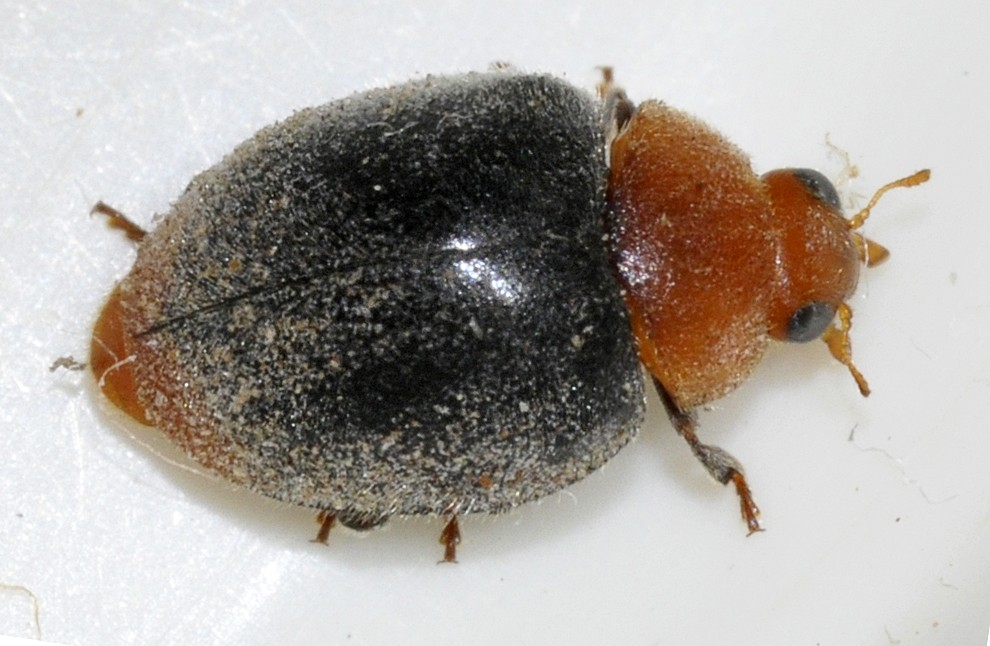
6. Mealybug destroyer
The mealybug destroyer was first introduced to the U.S. from Australia as a biological control method to reduce the population of mealybugs that were decimating citrus groves. It was unable to survive the winter in many areas, but it can still be found in coastal areas of California and in greenhouses, and it is still introduced seasonally as a pest control strategy.
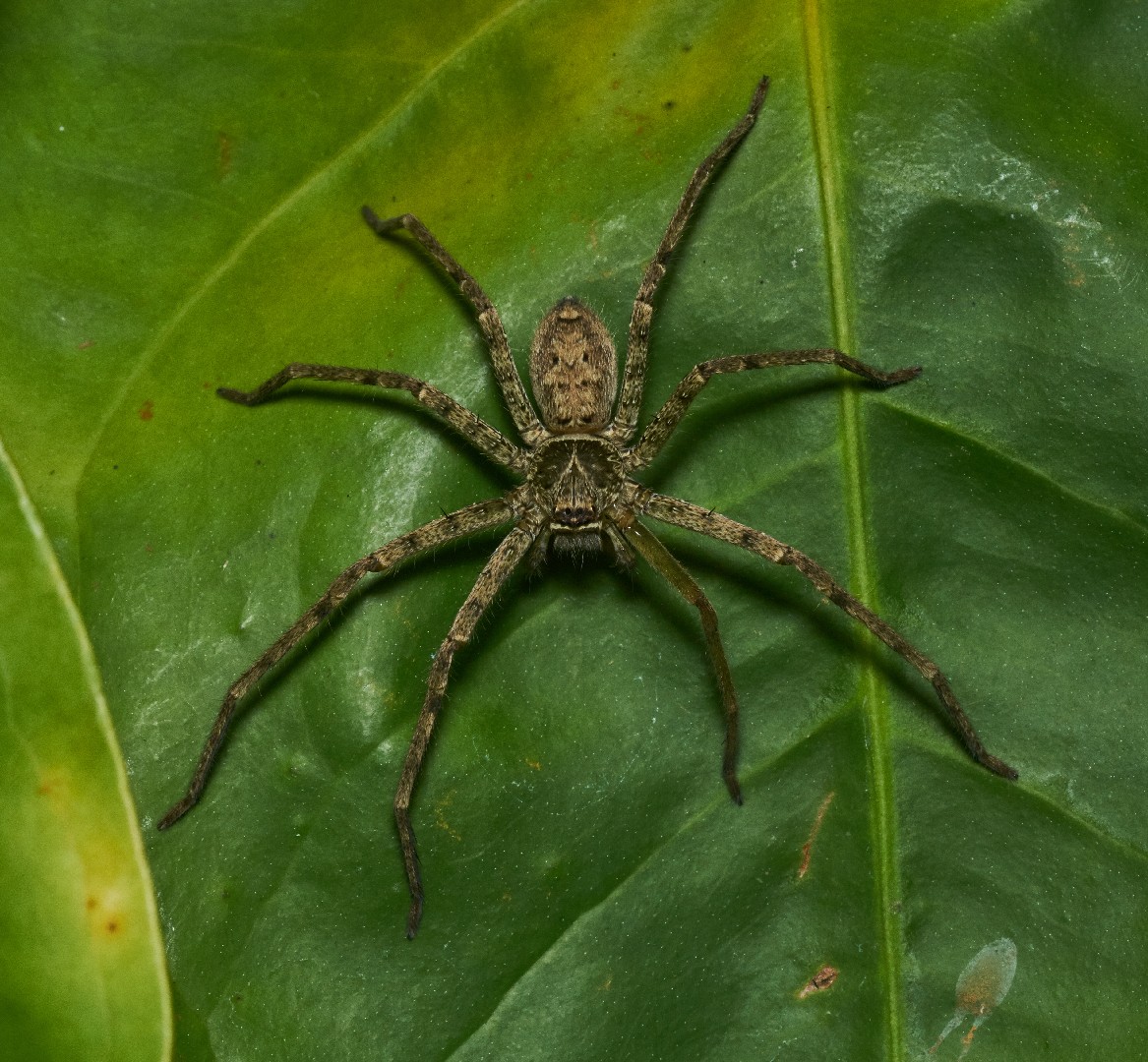
7. Giant Crab Spider
The giant Crab Spider is a large spider native to the tropics; the largest reported individual had a leg span of 30 cm. This cosmopolitan spider is highly valued in some areas, as it's able to catch cockroaches and other indoor pests. Reportedly, it hunts even scorpions and bats. This spider is venomous and sometimes bites humans, but it's considered harmless. 
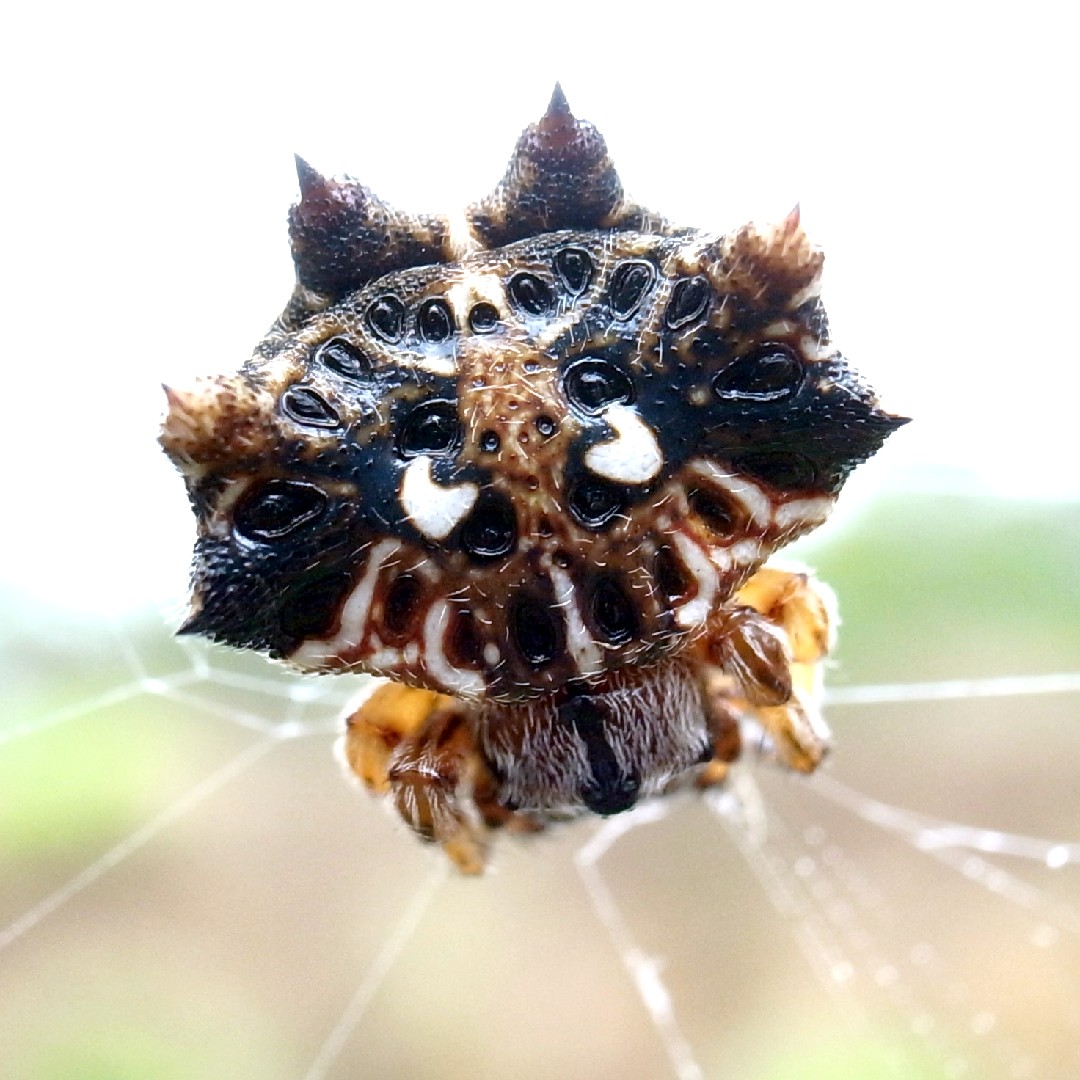
8. Double spotted spiny spider
Females grow to about 6 - 10 mm long, while males reach a size of 3 - 5 mm. Females have six abdominal spines ending in distinct sharp points. Most have two large white spots on the upper surface of their abdomens, which are otherwise mottled with black, brown, and white patterns. 
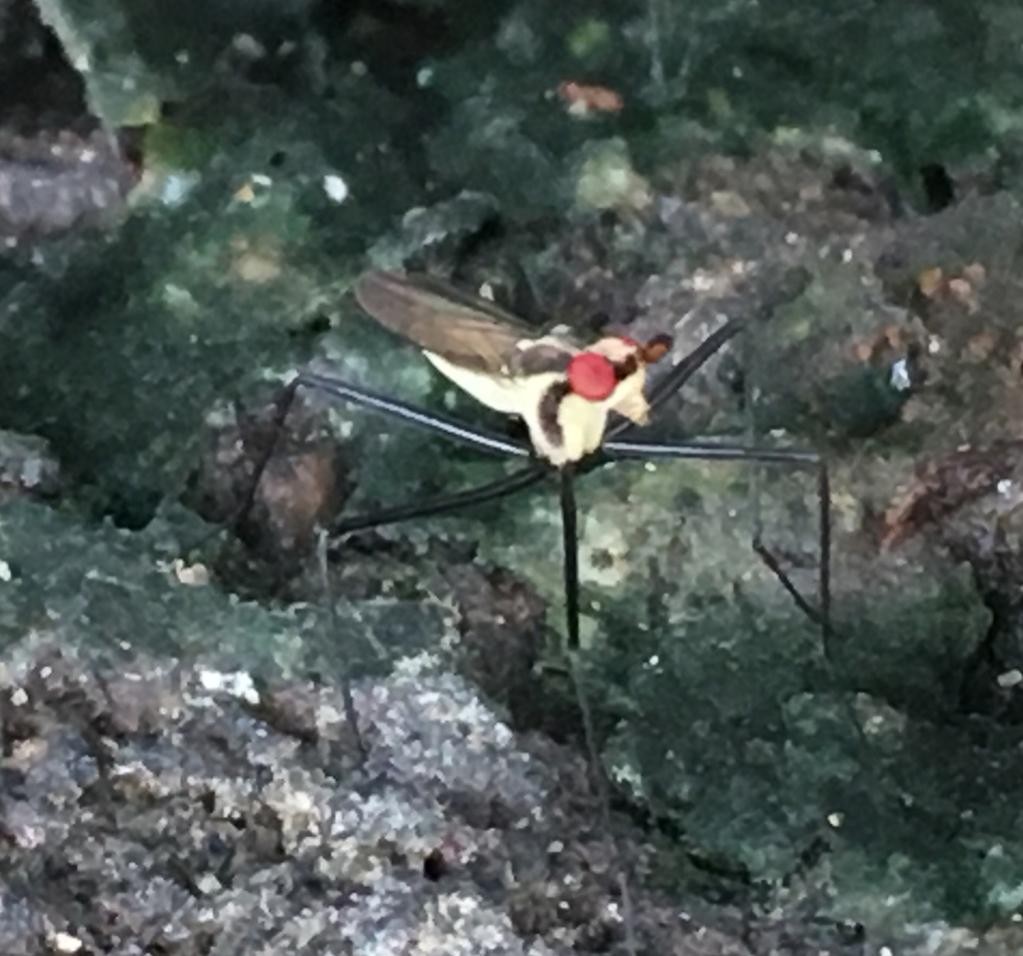
9. Black-lined cactus fly
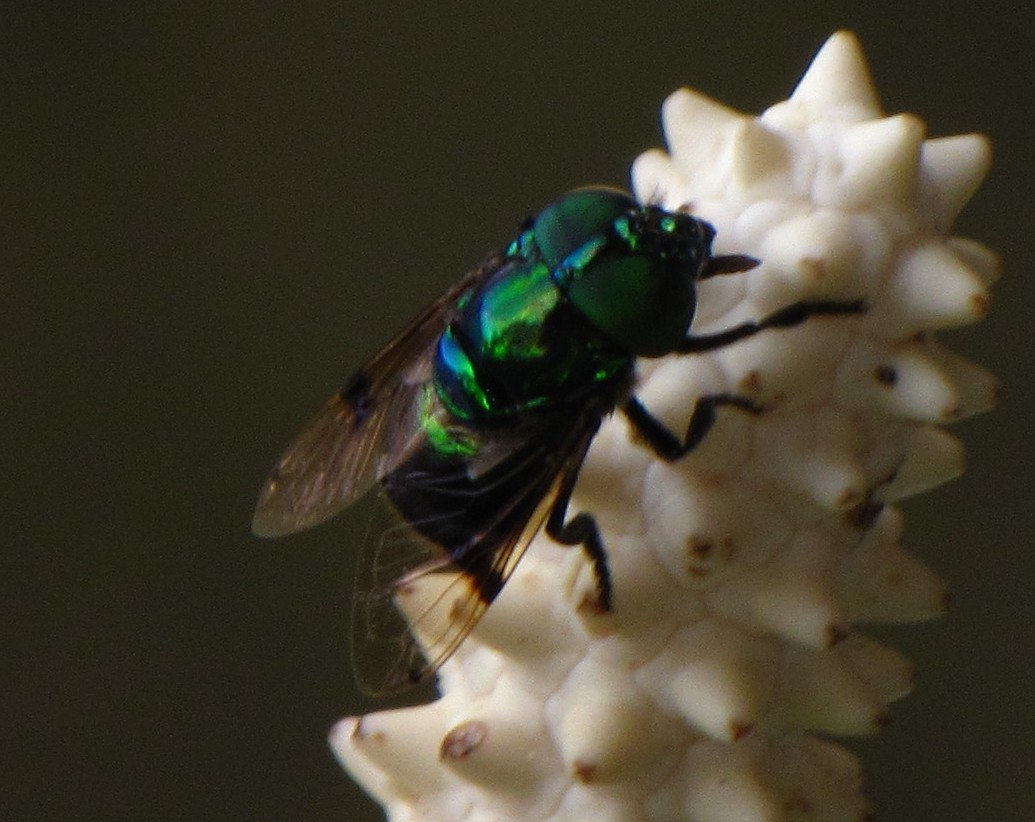
10. Green jewel fly
The green jewel fly (Ornidia obesa) are brilliantly colored insects that can be anywhere between green and blue but are always metallic in their shine. It is a versatile insect that can take advantage of the amenities offered in human settlements, but they are not dependent upon them.
More
